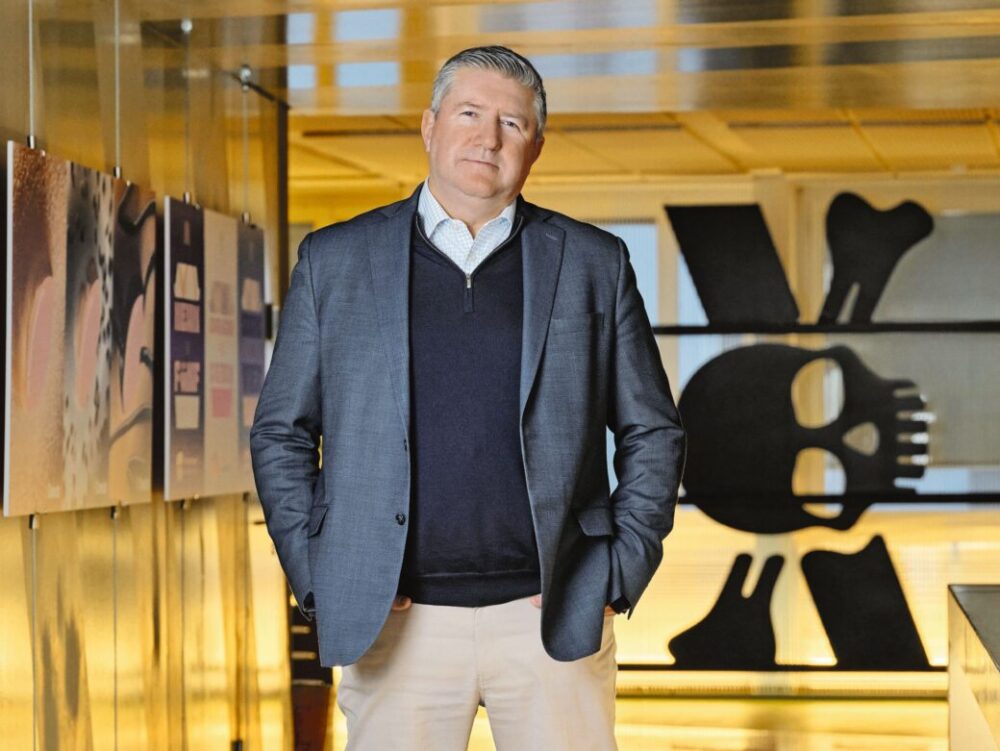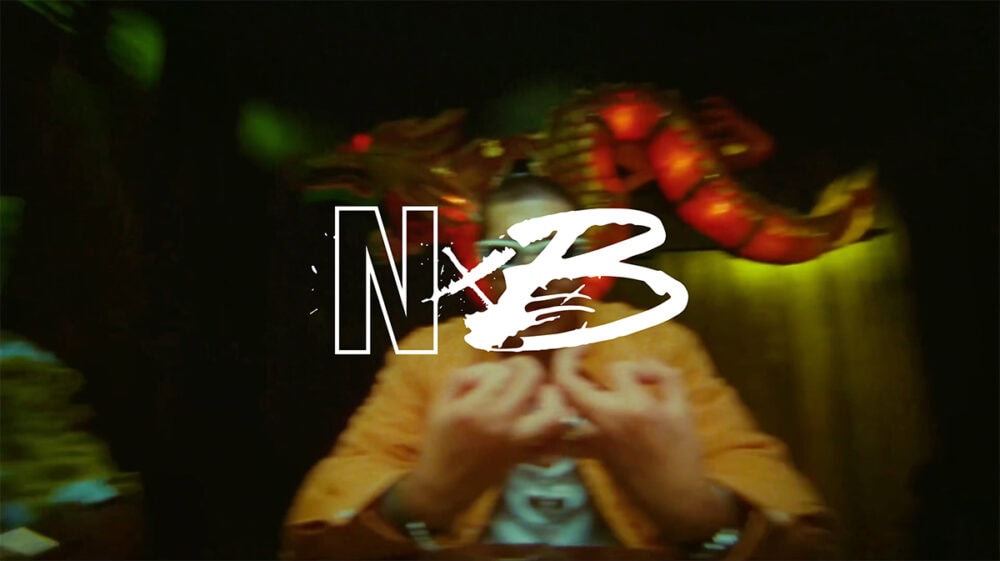Mainland Lab provides insights into digital learning
When the agency becomes the classroom: In the Lab Session "Digital Learning", Festland shared current insights and outlooks on the digitization of education - an area that has become the agency's key area of expertise in recent years.

What are the advantages of planning lessons using an app instead of a folder? How are digital teaching aids created that inspire teachers and students alike? Where can VR glasses be used effectively in the classroom? Fresh from the field, the presentations by Dominik Owassapian from PH St.Gallen, Josua Dubach from PH Bern and Benedikt Skalsky from Festland brought clarity to these questions.

The following insights emerged from these presentations:
1. digital teaching aids are more than digitized textbooks
Whether it's a laptop, tablet, smartphone or VR goggles, the digital media world is full of possibilities, and they are evolving at a rapid pace. Just think of the quantum leap that artificial intelligence applications have experienced in the last few months alone. The question is therefore not how to digitally adapt classic teaching materials. It's a question of rethinking all aspects of a teaching aid - and doing so in interdisciplinary teamwork between subject, didactics and media experts.
2. the user experience must inspire learners and teachers alike
Similar to the British Design Council's Double Diamond model, the five phases of "Discover, Define, Design, Develop, Distribute" form the "Product Flow" framework that Mainland recommends as best practice when creating digital teaching tools.
Milestones in the making-of are the user workshop, which defines and prioritizes the needs of teachers and learners in a "clarity map", the product workshop, which specifies the vision and the cornerstones of the teaching material, and the prototype, which allows feedback from future users to be gathered early in the process and incorporated into the development.
3. virtual reality: powerful, but by no means omnipotent
Yes, immersion in virtual worlds with VR goggles and sensors opens up an additional dimension of learning. And yes, the necessary technology is less complicated and more affordable than it was a few years ago. Nevertheless, it cannot replace the real experience. Virtual reality should be used as a supplement where learning material defies experience, such as with theoretical constructs or phenomena that cannot be perceived by the human senses.

4. true digitization starts with lesson planning
The term "digital teaching aids" does not refer solely to their use in the classroom. It also includes the processes behind it. A good example is the app School sports planner.chwhich the Lehrmittelverlag St.Gallen developed with Festland. Through various digital modules (exercises, hall plan, equipment) as well as the link to the goals of curriculum 21, the app makes the preparation of physical education many times more efficient. Including the possibility to share configured teaching modules with colleagues.
5. digital learning should be mainstreamed in every industry
In the knowledge society, every company is a learning organization. The ability to convey know-how particularly effectively thanks to digital media is correspondingly valuable. This can enrich content marketing, among other things. After all, the joint development of knowledge lends a special depth to the relationship with customers, employees and other partners. What is developed and tested in the school system can therefore unfold its benefits far beyond the world of education.









